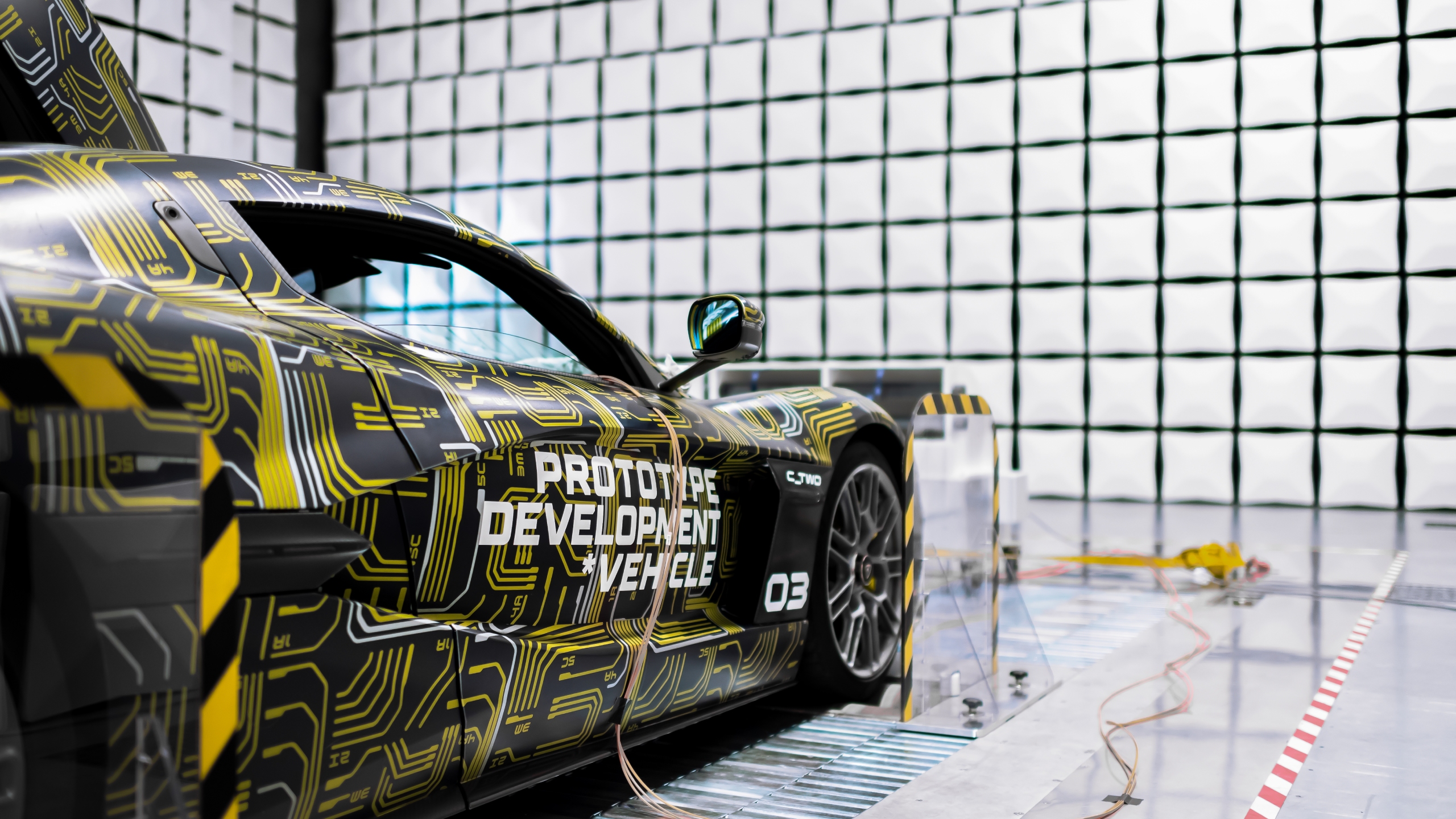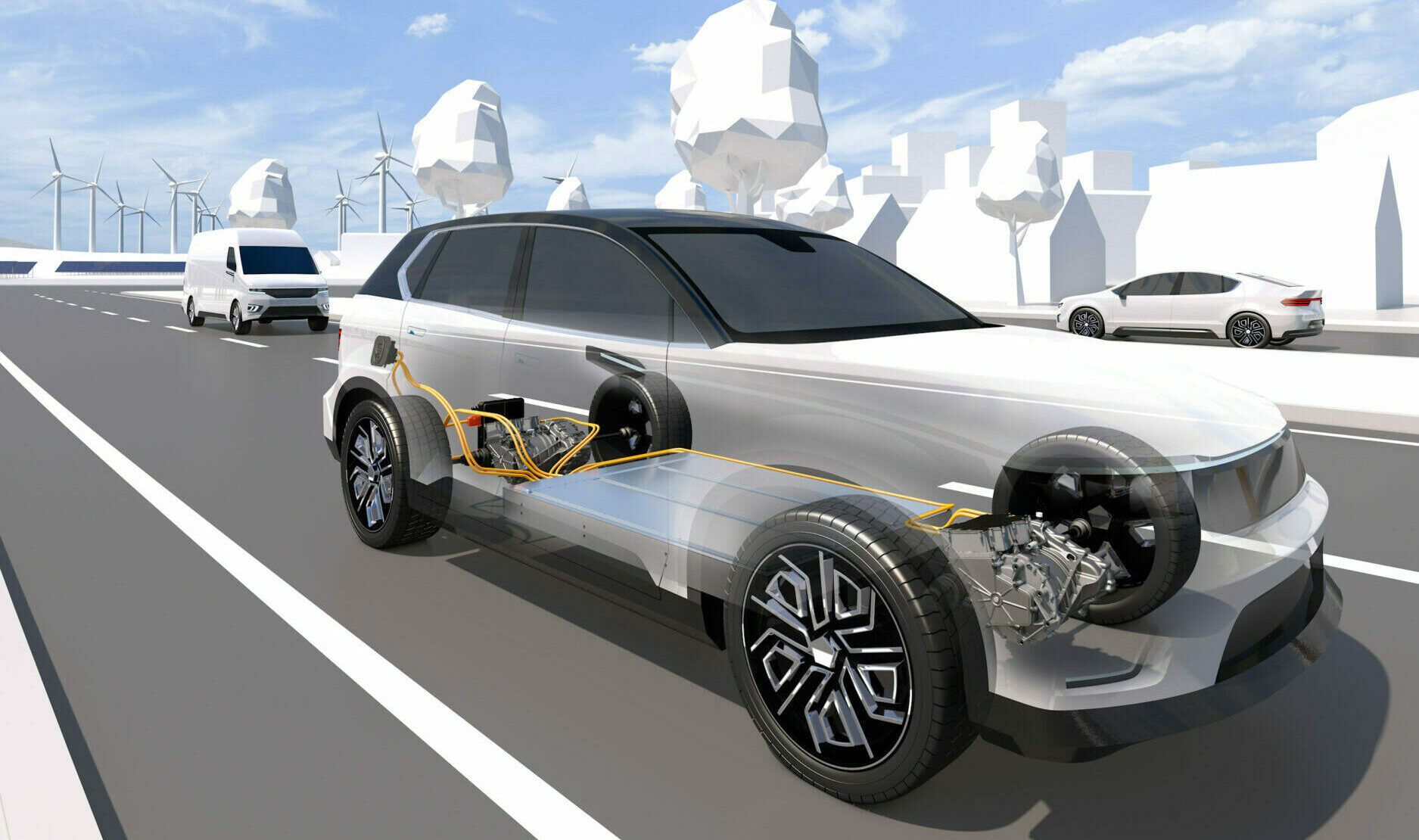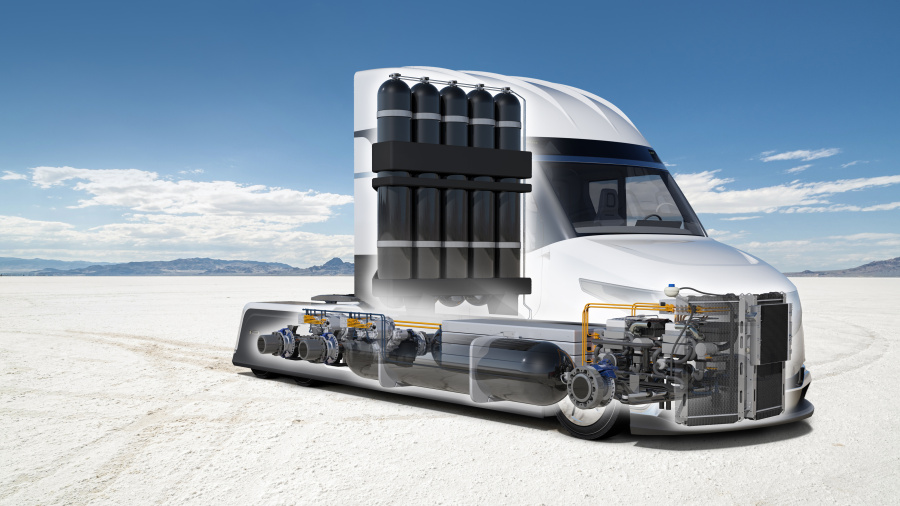#IAV40
Full steam ahead into the new millennium
The fact that steam can be used to set things in motion has been known for around a thousand years and has been used many times since then, for pumps, boats and railroads. Shortly before the last millennium, IAV investigated the possible application in cars.
The starting point was tests in small cogeneration plants, which showed that pollutant emissions from these burners were below the detection limit. IAV experts subsequently discussed various drive concepts for combination with the new high-performance burners, and the steam engine concept prevailed.
“The germ of the idea was a patent for a so-called porous burner that can burn fuels with virtually zero emissions,” recalls Carsten von Essen, a student at IAV at the time who moved to the TEA subsidiary founded for this purpose in 1998.
And regardless of whether it was gasoline, diesel, rapeseed or natural gas – the so-called “Zero Emission Engine” was able to tolerate all liquid and gaseous fuels. However, the efficiency of the steam engine still left something to be desired, and the funding project came to an end in 2001.
IAV was once again perceived as extremely innovative in engine development thanks to the steam engine.
Other milestones in this respect included developments of a turbocharged hydrogen combustion engine with direct injection for forklifts in 2008; an electrolysis system for producing CO2-neutral hydrogen as part of the “ecoPtG” research project in 2016; and trials of a 1-cylinder engine to reduce fuel consumption using prechamber ignition in 2018.


